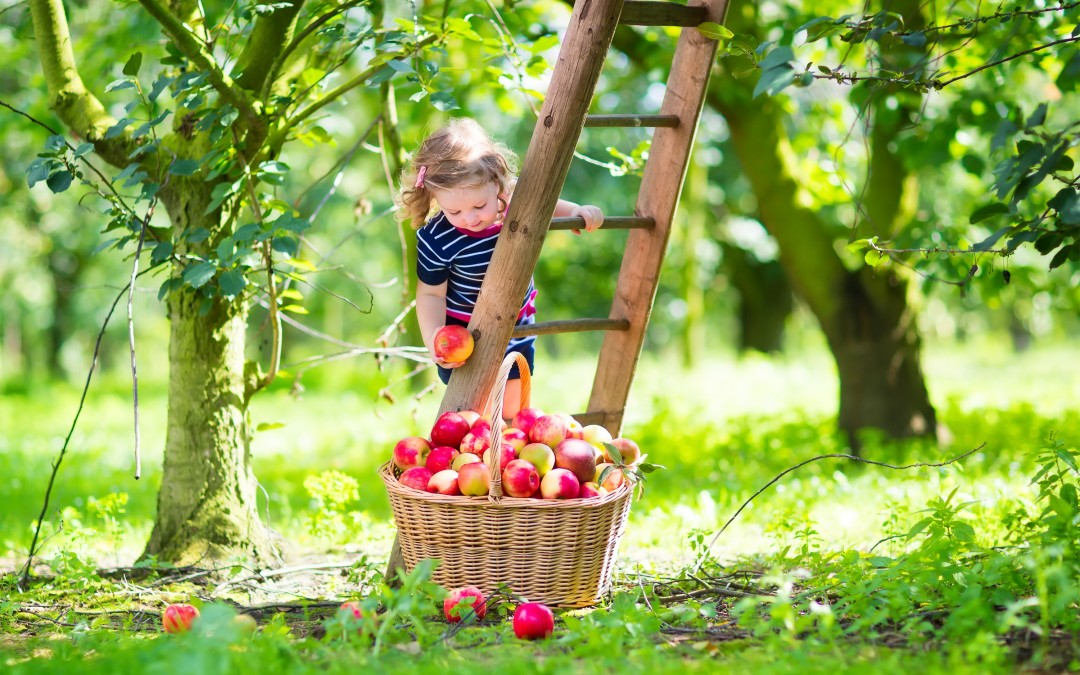The process of writing involves simple steps in order to produce a final document. These steps include brainstorming ideas, webbing or mind-mapping, writing, editing, revising, and finally sharing the completed document; they can be compared to the steps involved in harvesting a garden.
All gardeners have to spill the beans or seeds when they plant a garden. All writers spill their ideas onto their paper when they begin to write. This is an integral part of the writing process, because it allows for focusing on the topic at hand and narrowing ideas that relate to that topic.
It is often necessary for gardeners to plan or plot out their garden. Writers, too, must plan their ideas. Otherwise, the reader gets lost while reading the writer’s work. There are a variety of organizers out there; they help the writer conceptualize his thinking (thinking about one’s own thinking is metacognition). I would suggest using a color-coded webbing system in order to do this; different colors can represent different parts of an essay. For example, red can be the topic sentence and orange, green, and brown would be main ideas. Then yellow, blue, and purple could represent the details that go under the main ideas. Any color arrangement will do as long as the child sees the relationships among the ideas.
Gardeners must also have water, warmth, and air in order for their garden to grow. Water flows onto a garden just as words flow onto a piece of paper. Warmth is the sunshine that adorns a garden and the feelings that go into a story. And air is the punctuation. Without air in a garden, it dies. Without punctuation in an essay, it is also dead.
All gardens have weeds that need pulling. Likewise, all stories have errors that need removing. Editing is an easy task if you have a list of items that need to be checked for, such as capitals, periods, spelling, organization, etc.
We add fertilizer to gardens in order to add nutrients to the soil. Nutrients make a garden stronger. When a writer revises his story, he adds things to it, too. This is polishing or revising a story. What things does a writer add? Big words, adjectives, adverbs, figurative language, and other crafting tools. During this phase of the writing process, the writer may also delete things or rearrange ideas in order to make the essay clearer.
Finally, the last stage is ready to begin; this is sharing your harvest. All gardeners share their crops. Writers, too, share, because this gives writing a purpose. Without sharing an essay, why write? Writers can share with loved ones, neighbors, local businesses, churches, and so much more.
With all of this said, you ask, “How long does this process take?” A garden doesn’t grow overnight and neither does a story. It takes about a week for this entire process. I suggest the following guideline:
Monday: Brainstorming and any motivating.
Tuesday: Webbing.
Wednesday: Writing.
Thursday: Writing and editing.
Friday: Revising and sharing.
Writing is a part of all facets of our society. We write notes, letters, recipes, essays, poems, and so much more every day. With this simple guide and by having students write on a weekly basis, your child will have the writing skills necessary to write effectively in order to harvest his work for the rest of his life.


Recent Comments